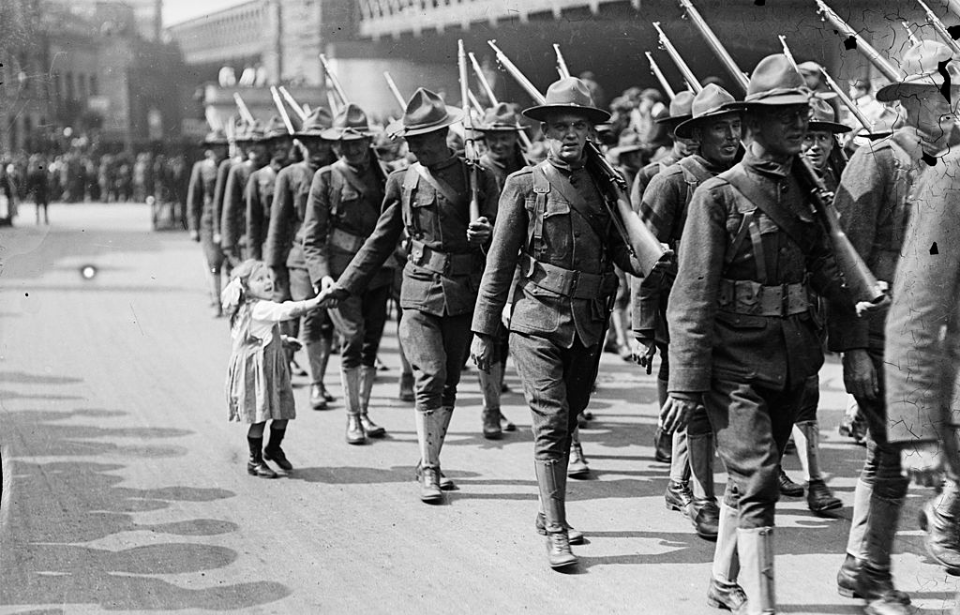World War I was truly the first conflict of its kind, engulfing much of the world from 1914-18. While the majority involved became embroiled in the fighting as soon as the war began, there was one nation that waited: the United States. Initially, US President Woodrow Wilson urged Americans to remain impartial observers and, instead, focused on domestic concerns. However, as WWI progressed, the stakes became ever higher, prompting the US’ inevitable entry into the conflict.
The situation began to change as the war intensified and reports of atrocities and human suffering reached America’s shores. Public sympathy toward the Triple Entente – particularly Britain and France – grew, while disdain for Germany’s aggressive actions escalated.
There was one key event that influenced the US entry into WWI: the sinking of RMS Lusitania by a German U-boat in 1915. The attack resulted in the loss of nearly 1,200 innocent lives, including 128 Americans, and sparked outrage Stateside. This prompted Wilson to demand an end to Germany’s U-boat policy.
This worked for awhile, but, by 1917, the Imperial German Navy was, yet again, engaging in unrestricted submarine warfare. Additionally, the German military took the step of offering Mexico the prospect of reclaiming lost territory from the US if the country joined the war on the side of the Central Powers. British Intelligence intercepted and decoded what became known as the Zimmermann Telegram, revealing Germany’s sinister plot.
This revelation further galvanized the American public’s opinion against Germany and pushed the nation closer to conflict. On April 2, 1917, Wilson appeared before Congress to ask for a declaration of war against Germany, stating the world must be made safe for democracy. Congress overwhelmingly supported the decision and, four days later, the US officially entered WWI.
US military forces and resources were now committed to the Triple Entente, marking a significant turning point in the conflict’s dynamics.
